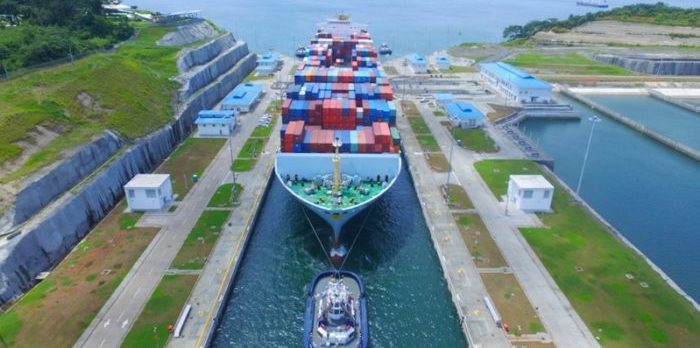The Panama Canal revealed plans to decarbonize its operations, with the aim of becoming carbon neutral by 2030. The plan includes electric vehicles and use of alternative fuels, among others.
Begining its green transition, the waterway purchased four electric vehicles as part of a pilot program that will collect data to inform the migration of the Canal’s entire fleet away from fossil fuel dependence.
Part of its strategic decarbonization plan also includes tugboats and launches that use alternative fuels, the substitution of electricity production processes in favor of photovoltaic plants, the use of hydraulic energy, and ensuring that all facilities and infrastructure projects are environmentally responsible and sustainable.
This is a fundamental strategy for the waterway’s long-term operation and sustainability. This process will build on our long-standing efforts to minimize our environmental impact, including encouraging customers to use clean fuels and reduce their carbon footprint,
…said Panama Canal Administrator Ricaurte Vásquez Morales.
[smlsubform prepend=”GET THE SAFETY4SEA IN YOUR INBOX!” showname=false emailtxt=”” emailholder=”Enter your email address” showsubmit=true submittxt=”Submit” jsthanks=false thankyou=”Thank you for subscribing to our mailing list”]
The Panama Canal first began tracking its carbon footprint in 2013 in line with a global focus on mitigating the effects of climate change. In 2017, it launched its Emissions Calculator, a tool that allows shipping lines to measure their GHG emissions while strengthening the Canal’s emissions analysis.
In addition, the Panama Canal joined on April 22, on Earth Day, the Declaration of the “50 First Carbon-Neutral Organizations”, an initiative led by Panama’s Ministry of Environment to integrate national efforts to accelerate measurable climate actions.
As part of the new national initiative, the Canal will now develop an annual GHG inventory, as well as an action plan with measurable targets to reduce emissions. The Canal’s efforts will be factored into Panama’s National Determined Contribution (NDC), established by the UN Framework Convention on Climate Change (UNFCCC), following the Paris Agreement.
Through its Green Connection Environmental Recognition Program, the Canal recognizes customers who demonstrate excellent environmental stewardship, including the use of low-carbon fuels and environmentally conscious routes. As an enhancement to this program, the Panama Canal is currently analyzing taking into account in its dynamic pricing strategy the vessels’ technology and its carbon footprint, which makes it more efficient during transit.
Apart from its environmental efforts, Panama Canal has contributed to a reduction of more than 13 million tons of CO2 equivalent emissions in 2020 by offering a shorter route for ships.






























































